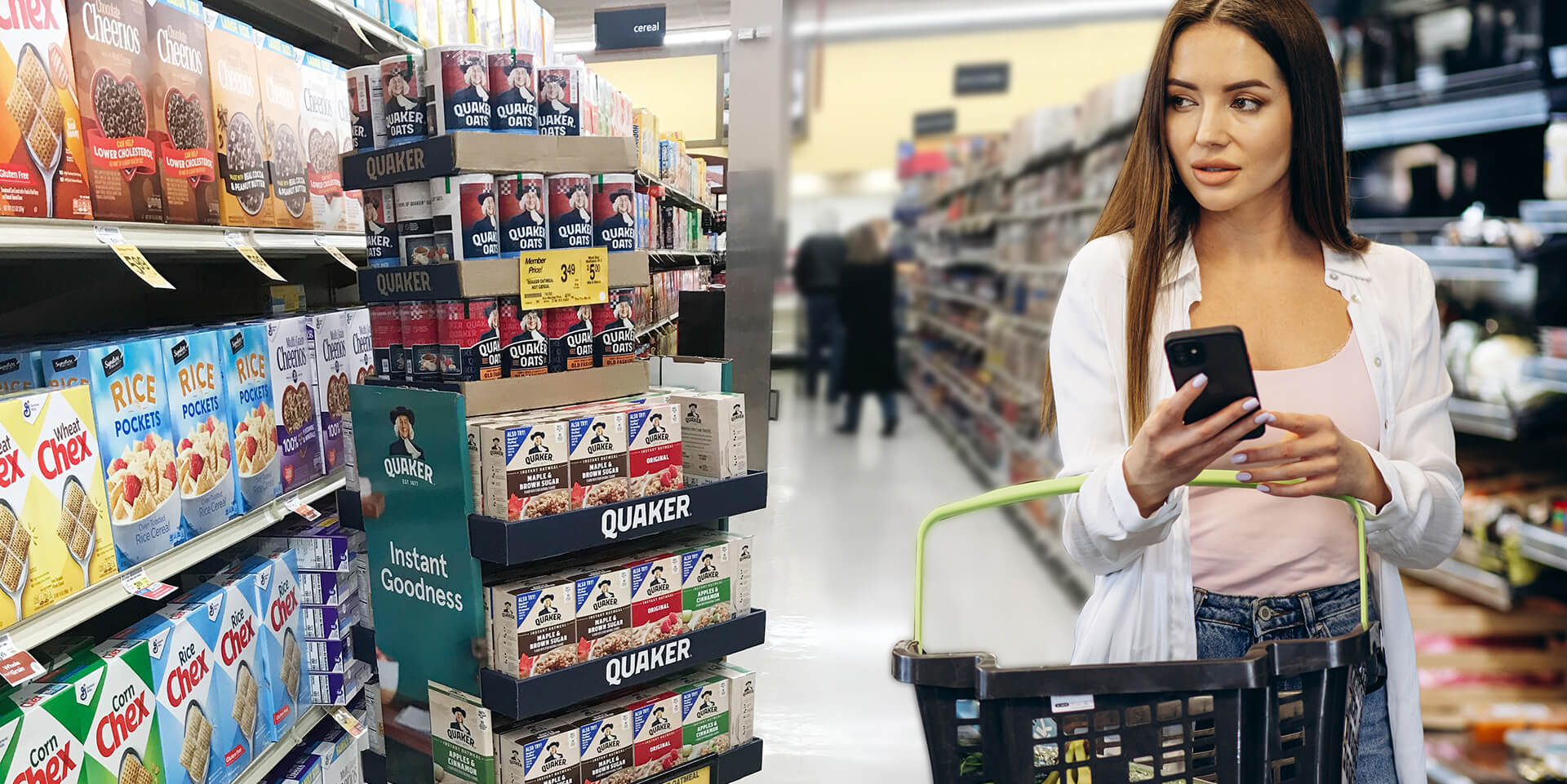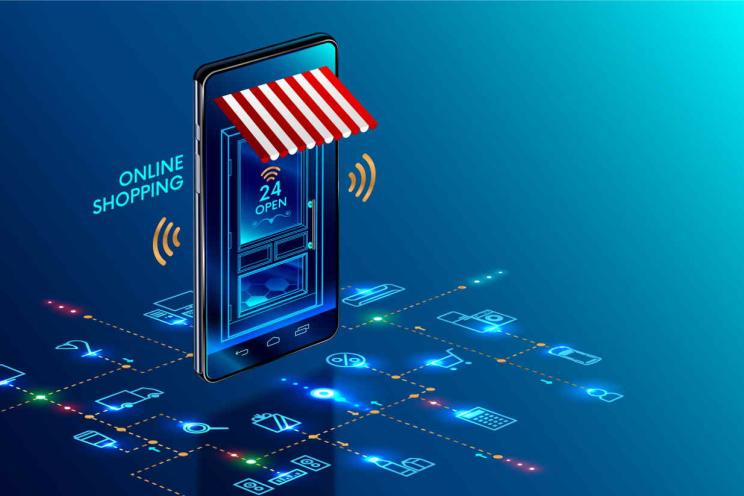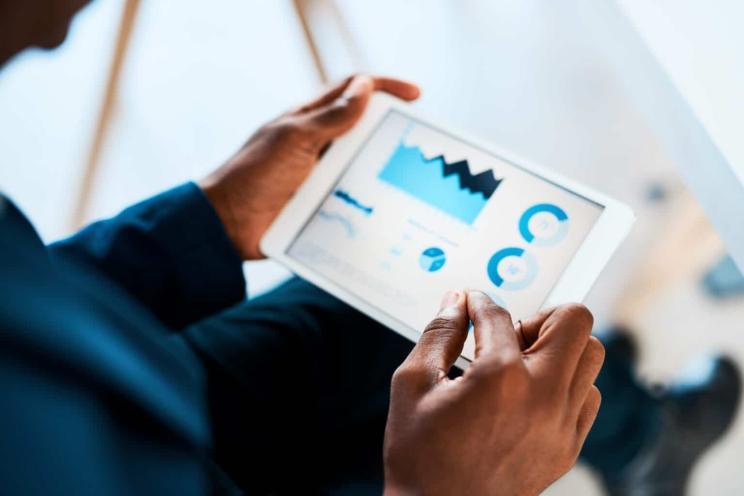
6 different ways retailers can use their POS to increase their sales
Staying ahead of the curve is crucial for success in the retail industry. With the advent of technology, retailers now have access to a wealth of data that can be leveraged to optimize their operations and drive sales such as the robust POS.
Gone are the days when POS systems were viewed as transaction records as they were only used to process transactions; today, retailers are realizing the immense potential of POS data to drive sales, enhance customer experiences, and optimize operations and POS systems serve as invaluable sources of insight into consumer behavior, preferences, and trends.
Harness the power of POS data effectively to gain a competitive edge and boost your bottom line.
What are the six innovative ways retailers can use POS data to increase sales?
Personalized Marketing Campaigns
Tailoring marketing efforts to individual preferences is a proven strategy to increase engagement and conversions. Leverage POS data to gain valuable insights into customers' purchasing behaviors, preferences, and demographics.
By analyzing this data, you can segment your customer base and craft hyper-targeted marketing campaigns. Whether it's sending personalized email offers, recommending products based on past purchases, or delivering customized promotions via mobile apps, personalized marketing fosters stronger connections with customers, driving loyalty and sales.
Note that personalization at scale often delivers a 1 to 2% lift in total sales for grocery companies and successful personalization programs yield more engaged customers and drive up the top line yielding 20 percent higher customer satisfaction rates, a 10 to 15 percent boost in sales-conversion rates, and an increase in employee engagement of 20 to 30 percent.
Inventory Optimization
Effective inventory management is crucial for maximizing profitability while minimizing costs. POS data provides real-time visibility into sales trends, stock levels, and product performance.
Analyze this data to identify fast-moving items, slow-moving inventory, and seasonal fluctuations. Armed with these insights, you can optimize your inventory levels, ensure adequate stock of high-demand items, and minimize excess inventory that ties up capital.
Additionally, you can use POS data to forecast demand more accurately, streamline procurement processes, and reduce the risk of stockouts or overstock situations.
Dynamic Pricing Strategies
Pricing is a powerful lever that directly influences purchasing decisions. With access to POS data, you can implement dynamic pricing strategies that adjust prices in response to changing market conditions, demand levels, and competitor pricing.
By leveraging algorithms and machine learning models, you can analyze vast amounts of POS data to identify pricing trends, price elasticities, and optimal pricing points. This enables you to set competitive prices, maximize margins, and capitalize on opportunities for revenue optimization.
Whether it's offering personalized discounts, implementing surge pricing during peak hours, or adjusting prices in real-time based on inventory levels, dynamic pricing strategies empower you to stay agile and responsive in today's competitive landscape.
Predictive Analytics
Leveraging POS data in conjunction with advanced analytics tools enables retailers to forecast future trends and anticipate consumer behavior. By analyzing historical sales data and seasonal fluctuations, you can make data-driven decisions regarding pricing, promotions, and inventory management. This proactive approach empowers you to stay ahead of the curve, minimize stockouts, and capitalize on emerging opportunities.
Enhanced Customer Experiences
In an era where seamless, personalized experiences are paramount, as a retailer, you must leverage POS data to elevate customer interactions. By integrating POS data with customer relationship management (CRM) systems and other customer touchpoints, you can create a unified view of each customer's journey.
This view enables you to deliver personalized recommendations, anticipate customer needs, and provide frictionless shopping experiences across online and offline channels. You might offer click-and-collect services, provide personalized product recommendations in-store, or tailor loyalty programs based on purchase history through leveraging POS data that enables you to exceed customer expectations and foster long-term loyalty.
Operational Efficiency and Fraud Prevention
Beyond driving sales and enhancing customer experiences, POS data can also unlock opportunities for operational efficiency and fraud prevention.
By analyzing POS data, retailers can identify issues in the checkout process, optimize staffing levels, and streamline operations for improved efficiency. Moreover, POS data and tools like smart cash drawers can be instrumental in detecting fraudulent activities such as chargebacks, counterfeit transactions, or employee theft.
Advanced analytics tools can flag suspicious patterns or anomalies in POS transactions, enabling retailers to take proactive measures to mitigate risks and safeguard their business interests.
Customer Segmentation
Segmenting customers based on their purchasing behavior can enable retailers to tailor their offerings to different demographics more effectively. POS data can help you identify high-value customers who frequent the store, as well as those who may need incentives to return. By categorizing shoppers into segments such as loyal customers, occasional buyers, and first-time purchasers, retailers can develop targeted strategies to engage each group and maximize their lifetime value.
H&M for example, segments its customers to improve its customer service by collecting data on its customers’ purchasing history. They use this information to personalize offers sent to customers and to improve customer service.
The effective utilization of POS data can unlock opportunities for your retail shop that is looking to boost sales and stay competitive in today’s dynamic market landscape. From personalized marketing campaigns to inventory optimization and predictive analytics, the possibilities are endless.
By harnessing the power of data-driven insights, you can gain a deeper understanding of your customers, streamline operations, and drive sustainable growth. Embracing innovation and adopting a data-centric approach is the key to unlocking success in the ever-evolving world of retail.




